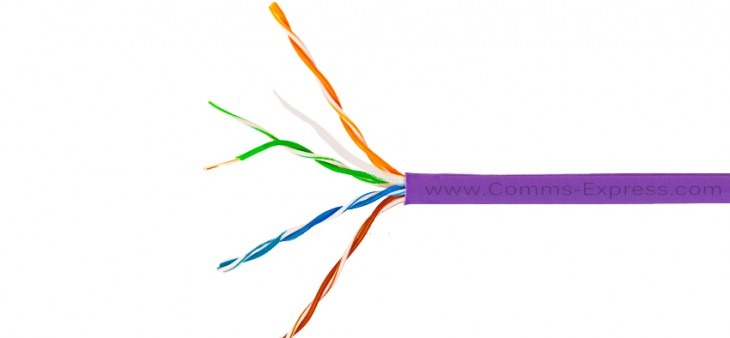
The unwanted cable crosstalk is the leaking of signals from one cable pair into another pair. It does not require contact between wires. Crosstalk can impact data transfer rates and impede signal
transmissions. Twisting pairs within the cable helps to reduce crosstalk. The presence of crosstalk is not a factor with fibre optic cable. Attenuation, or signal loss, can result from extensive crosstalk on a cable.
The TIA-568 standard defines the maximum attenuation level that is acceptable. The term alien crosstalk is a signal intrusion into one cable by other nearby cables that are also carrying signals. This term differs from ordinary crosstalk in that it involves separate cables, often within a bundle, instead of wire pairs within one cable. Electromagnetic interference varies from crosstalk in that it usually refers to external source interference.
Crosstalk in Cat5e, Cat6 and Cat 6a Cables
Crosstalk characteristics in Cat5e, Cat6 and Cat 6a cabling affects installation and testing requirements. Through wire twists, Cat5e offers crosstalk improvements over Cat5 cable. The Cat6 stricter crosstalk specifications are improvements over Cat5e. However, Cat6 run-length drops in unfavourable alien crosstalk environments. In response, Cat6a provides alien crosstalk properties that overcome these limitations.
NEXT and FEXT Crosstalk Testing
Various crosstalk testing parameters measure the signal bleeding along a network link. NEXT is a measure of the crosstalk generated when interfering and affected wire pairs are on the same link end.
FEXT measures crosstalk produced by an interfering pair on the end of a link. The attenuation to crosstalk ratio (ACR) evaluates signal strength with the crosstalk occurring. Additional measurements, such as Power Sum Next (PSNEXT), are needed in high-speed environments.
